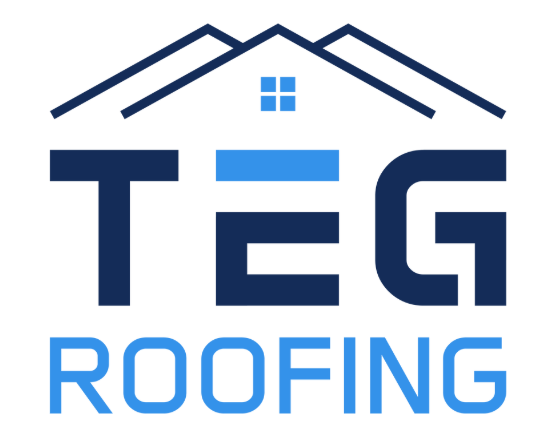The Importance of Roof Inspections and Maintenance
December 18, 2024
Your roof is one of the most vital parts of your home, protecting you and your family from South Florida’s intense sun, heavy rains, and hurricane season. However, many homeowners overlook the importance of regular roof inspections and maintenance until a problem arises. Proactive care can save you thousands in repair costs and extend the life of your roof.
Here’s why roof inspections and maintenance are essential and how to make them part of your home care routine.
1. Prevent Costly Repairs
Regular inspections help catch small issues—like loose shingles, minor leaks, or clogged gutters—before they escalate into expensive repairs.
- Small Cracks: Can lead to water infiltration and mold growth.
- Damaged Flashing: May cause leaks around vents or chimneys.
By addressing these problems early, you avoid costly damage to your roof and home’s interior.
2. Extend the Life of Your Roof
Routine maintenance, such as cleaning debris and ensuring proper drainage, can add years to the lifespan of your roof.
- Shingle Roofs: Last longer when granules are intact and shingles are in good condition.
- Tile Roofs: Benefit from regular cleaning to prevent moss or algae buildup.
- Metal Roofs: Require periodic inspections to check for corrosion or loose fasteners.
3. Protect Your Home’s Value
A well-maintained roof enhances your home’s curb appeal and protects its structural integrity. If you plan to sell, a recent roof inspection and maintenance records can reassure buyers and increase your home’s value.
4. Prepare for Hurricane Season
South Florida’s hurricane season can be brutal on roofs. An inspection before the season begins ensures your roof is ready to handle strong winds and heavy rains.
- Inspect for Weak Spots: Check for loose shingles, damaged flashing, or weak seams.
- Secure Gutters and Downspouts: To prevent water damage and pooling.
5. Maintain Energy Efficiency
A damaged or poorly maintained roof can affect your home’s insulation and energy efficiency. Regular inspections can identify areas where heat or cool air might be escaping, helping you lower energy bills.
What to Include in a Roof Inspection
- Shingles or Tiles: Check for cracks, curling, or missing pieces.
- Flashing and Seals: Inspect areas around chimneys, vents, and skylights.
- Gutters: Ensure they are clean and properly draining.
- Attic: Look for signs of water damage, mold, or insulation issues.
- Roof Decking: Examine for sagging or other structural concerns.
How Often Should You Inspect Your Roof?
- Annually: Schedule a professional inspection at least once a year.
- After Severe Weather: Always inspect your roof after hurricanes, heavy storms, or high winds.
- DIY Monthly Checks: Look for visible damage or debris from the ground.
Tips for Roof Maintenance
- Clear Debris: Regularly remove leaves, branches, and dirt to prevent moisture buildup.
- Trim Nearby Trees: Reduce the risk of branches damaging your roof.
- Clean Gutters: Ensure proper drainage to prevent water pooling.
- Check Seals: Inspect areas around vents and chimneys for cracks.
- Schedule Professional Help: Partner with a licensed roofer for thorough inspections and maintenance.
Why Choose a Professional?
While DIY maintenance is helpful, a professional roofer has the expertise to identify issues that might be missed by the untrained eye. They can also provide specialized maintenance services, such as sealing, cleaning, and repairs.
A well-maintained roof is an investment in your home’s longevity and safety. Don’t wait for a leak or storm to highlight its importance. Schedule regular roof inspections and maintenance to ensure your roof stays in top condition for years to come.
Need help with inspections or maintenance? Contact us today to protect your roof and your home!
